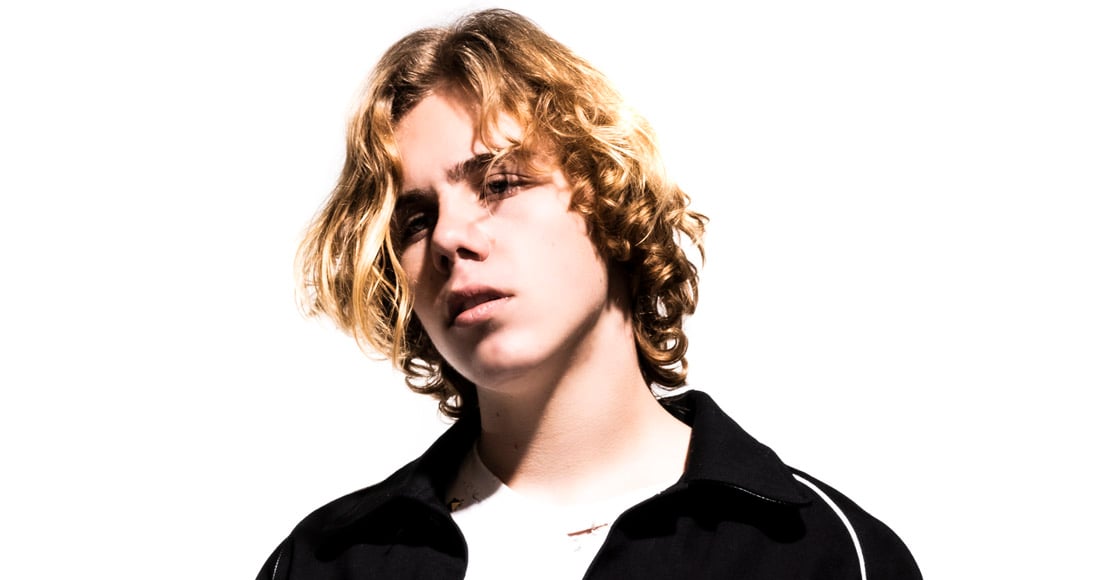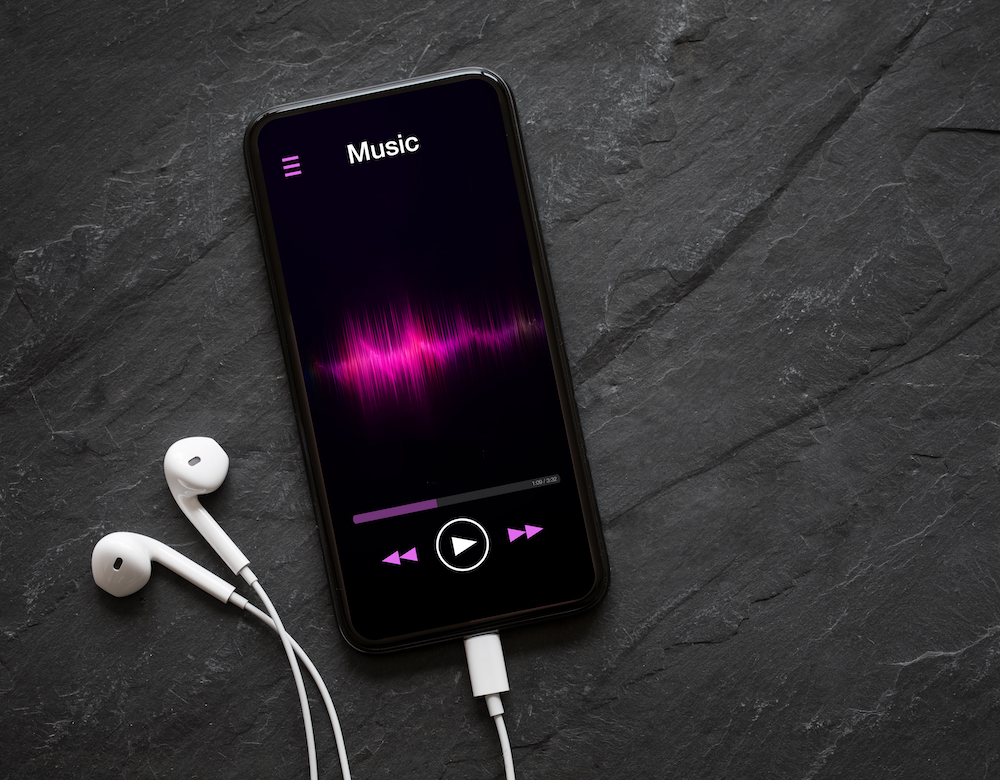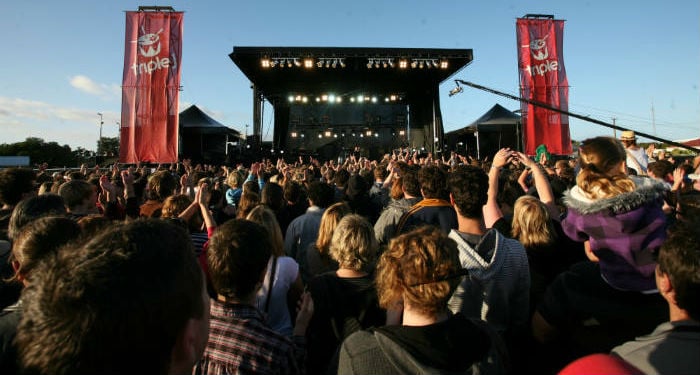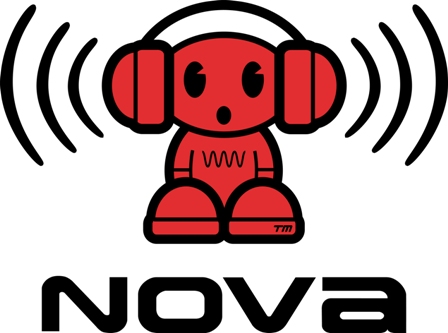ARN is expected to launch its new commercial radio youth network in the next month or so, as The Edge evolves into a new brand.
It prompted us to ask, what are young audiences seeking from radio in this decade?
We spoke to several youth content programmers and social media marketers for this story to get a feel for what youth want in an audio media brand today. None of them wished to be named in this report, but were happy to speak generally about youth brands and formats.
There were a range of opinions, but the overriding view of what young audiences under 25 want is… not a traditional radio format and marketing approach.
The two great previous success stories of youth radio in Australia are triple j and Nova.
When Double J evolved into triple j 40 years ago and went national, it expanded the offering of alternative non-commercial Australian new music to listeners, without ads and with a progressive attitude that contrasted to the conservative mainstream chart led content on commercial stations. It also took a two way approach to content, letting musicians and listeners directly influence music and content on the station, that eventually became Unearthed and stretched beyond radio to online activities.
When Nova launched 20 years ago, it took a similar approach, breaking the mould for commercial radio formats by identifying a unique niche and initiating “train wreck formatting” with about 50% of new music not heard on other stations in its playlists. Nova also took a completely different approach to advertising than its rivals at the time, with “never more than two ads in a row,” and interacted with audiences in new ways, such as (shock horror!) encouraging people to interact with them via text messages not just phone calls. The station found presenters with attitude, poaching Merrick and Rosso from triple j and letting presenters such as Bianca Dye push the boundaries more than they were allowed to do on their previous stations. While Nova’s presenter talent choices were edgy, they were not total unknowns and were not totally new to the radio medium, most of them already had a fan base and brought some of their audience with them.
Both stations found gaps in the youth market and built success with some common characteristics:
- Music not receiving mainstream commercial airplay, mixed with better known tracks
- Presenters with attitude, some who already had a following with the target audience and others who were pulled from other fields
- Permission for presenters to push the boundaries, not be too constrained by formatics
- Support from management for any backlash from critics and commitment not to knee-jerk and change formatics or presenters if initial success was not achieved
- A different way of interacting with the audience from the normal radio competitions and formatics
- Events like the Hottest 100 and the Novaboy launch
- Positioning themselves as a disruptor or challenger to the radio landscape
Both triple j and Nova reinvented formatics and led the way for the radio industry to find new audiences and embrace new trends.
If you were inventing a new audio station today, what would you do, we asked our brains trust. All of them are under 30 and have had at least 5 years experience in the audio, social media and marketing industries. Here are some of the things they told us.
Not radio. “If you think this generation will be listening to you on a radio set, you’ve lost already. Some may, but most will listen to segments on social media, their favourite catch-up programs via podcast and live streams via phone app or smart speakers.”
Linear radio is not dead. There is still an audience for live radio in the youth demographics – triple j has many young and dedicated listeners around Australia – but the people on air have to know what the audience is doing at the time that they are listening and it has to connect them with their sense of community.
For example, there are two breakfast timeslots for different youth segments.
Kids still going to school are listening in the traditional breakfast timeslot between about 6.30-8.30am. They will wake up to the station on their phone and will at the same time want to check their messages and social media. So connect with them by being in their group chats and reflecting what they are talking about in the presenter content. Use plenty of stories about what happened in their social groups and how they are feeling, but anonymise it so that it is totally unrecognisable to any one person. Personalise it to the presenter, not ‘someone out there had this experience.’ Sell the new music by telling the listeners about it in the style of FBi and other youth music stations. No long artist interviews, only short grabs of audio going into the track, that will work well on socials too.
Between 8.30am and 10.30am the second breakfast show is for uni students and people in their first job, often doing casual or shift work. The content should be older and should help them connect with all the things they are experiencing such as money (earning, saving and spending it), dating (understand them through their dating apps), partying, moving out, house sharing, buying a car, travel, dreams and aspirations, work life balance, parental and employment expectations (often mis-matched with their own expectations).
News is also not dead, but it has to be delivered in the right way in this format, youth listeners want to know what’s going on, but they can get news from many sources, so it has to be brief and communicated in a way that matters to them. Triple j’s Hack is a program that is consistently innovating to present news in a relevant way to younger audiences.
Other key shift times for personality hosts are after school from 3.30pm – 6.30pm and late nights from 9pm to 11pm, there should be strong personalities in these shifts. Daytime and early evenings can be music shifts with dance DJ style presenters playing mixes and connections to music streaming playlists.
Music. ARN has already targeted Hip-Hop and RnB as its declared music style. There is definitely an audience for that format, but this station will need to be different from its American iHeartRadio cousins with Urban radio stations. The term Urban, which has previously been used to describe this format is already outdated and non-inclusive according to some of our sources.
“Urban is not always seen as inclusive. It doesn’t usually embrace queer and multicultural communities and it can be very sexist. The style of music certainly works, but the tone and the messages need to be carefully selected… if they are not inclusive it will go against the grain of today’s teens and twentys,” one source told us.
“The most important thing is that the music must speak to the experience of the young audience.” Homegrown Hip-Hop and RnB is being made in Sydney’s western and southwestern suburbs and often reflecting themes that include identity, displacement and the need to find community.
It is also unclear at this stage which subcultures within Hip-Hip and RnB the new ARN station will be reflecting. Those genres can range from hugely mainstream artists like Beyonce and Drake, to triple j-friendly rappers like The Kid LAROI (pictured) and Baker Boy, up and comers like 1300 and A.Girl, to undiscovered artists played only on community radio. How much of a mix between safe commercial musicians, edgy artists and low production value homegrown artists recording in their garage will there be? Will it be one in ten songs or one in three? The right mix will be a big determiner of success according to our sources. How far away from The Edge’s commercial mix of Hip-Hop and RnB this new station will go is a big question.

For today’s youth formats, Music Directors need to break out of the mindset that they should only play ‘new’ music, as in music published in the past few years. “When you’re 17 years old, all music is new to you. Forget about the date and concentrate on the style and the lyrics. We are all discovering music on streaming services now… no one searches for ‘new’ music by date, they search for it by style or mood, just be flexible and care about what the audience wants.”
The Edge has already tapped into these audiences and the strategy will undoubtedly be to build from there, but whether that music translates to other capital cities and to young listeners in regional Australia is yet to be tested. Another challenge will be to blend commercial popular tracks with alternative tracks in a way that has the widest appeal but is not seen as too commercial selling out.
The relationship to the music industry is also important, and is something that Triple J and larger community stations prioritise. Joint events with music companies and forging links with independent record labels – as well as the majors – can probably be expected. Creating a product that the music companies can get behind – both through money and through artists’ time as guests – will be important for the station and the labels and promoters.
Presenters. “They need to know radio, but not come from radio,” says one source. Another says, “forget reality tv stars, that may work for mainstream commercial radio but not for an alternative youth segment.”
So where to find the next generation of presenters?
“No offence, but if I told you their names and you knew who they were they would not be the right people,” one source told the (older) radioinfo team who compiled this story.
They will come from TikTok and Instagram. They may have a radio show on FBi, Koori Radio, 2SER Sydney, SYN Melbourne, Fresh FM Adelaide, RTR FM Perth or do programs like the Indij Hip Hop Show on the community radio network. They could also come from multi-lingual music shows on community radio stations such as 2GLF Liverpool and bring with them Korean, Indian or Arabic pop styles of music.
The station will also need to recruit social media influencers, who have huge followings for their outspoken comments, creativity, fashion sense, style or talent. They could bring sponsors with them like energy drinks, clothing brands, alcohol companies, sportswear, gaming, tech and music companies, cosmetics and payment apps. They would also be valuable in cross-promoting station content to their hundreds of thousands of fans.
Social Connection. “To get this right this should not be about radio, it should be about community and connection,” said one source.
Everything should loop. TikTok videos should be played on air and on air content should be played on TikTok, Insta and Youtube. Producers must be feeding socials while the show is on air, not afterwards. The studio should be video enabled so that content can be streamed live or grabbed quickly and turned around almost instantly.
If the right presenters are chosen they will already be plugged into the ideas and emotions of their followers and won’t have to try too hard to come up with topics to talk about. The content will also be cross posted on their social channels which will extend the station brand online. Triple j, being non-commercial, can’t take advantage of these personalities because of its non-commercial charter, but a commercial station can, so ARN is in a good position to tap into commercial influencer talent.
“It should be talent driven by people who are already loved by the target generation and are progressive, with their finger on the pulse… and of course they must be entertaining,” said one source.
The biggest influencers already have admin assistants and audio/video editors who produce their content, it will be this type of producer that is needed in the show team. This will break the mould of commercial radio production teams and recreate it in new ways.
Advertising and Creative. Sales teams will need to have attitude. “If they are considered annoying with too much attitude, they are the salespeople you will want to target new brands who will want to advertise with the station,” advised one social media marketer. “It doesn’t mean that the station will not want to take mainstream brands, of course it will, but the creative will need to be different so that it doesn’t stand out like dogs balls,” said another. New ears and new attitude will be needed for the audio producers.
“Young people are allergic to brands that don’t share their values, so there will be some advertisers who will not fit on the station,” said one experienced youth marketer.
Name. The Edge is likely to be superceded by another name with no existing baggage and social media presence. Any new youth station launching to this generation will need to give credibility to its name by its actions, not by adopting a word with other meanings
It is expected that the new ARN station will launch towards the end of this month or early next month. It’s an exciting time, we wait to see how ARN will reinvent radio for young audiences in the 2020s.
Related article: The REAL Truth About Radio 2022




I have commented before on a possible challenger to JJJ with the expansion "The Edge", originally known as 2KA.
My comment is on "...ARN has already targeted Hip-Hop and RnB as its declared music style. There is definitely an audience for that format..."
At the same time, not all youth listen to hip-hop and RnB. What about "dance" which was the original music format used by "The Edge" formerly known as "One FM"/"96.1" in the early 1990s when it converted to FM from 2KA (783kHz (Katoomba) and 1476kHz (Penrith)).
Youth also listen to string quartets and orchestras playing the music of Mozart? My law professor as a youth was in the Ku-ring-gai youth orchestra playing the cello.
Sure, the audience for youth listening to classical music is 2% compared to the double digit ratings listening to KIIS, Nova and JJJ (20%).
Of note is that the audience in the 10-17 demographic is magnitudes larger than the 17 to 54 demographic for "oldies" station 2UE
Source ratings Survey 1, 2022, Sydney: https://drive.google.com/file/d/1pzPBt3gikgjagunwiWT9tG0oIMObtgSn/view
Can we really "lump" youth into RnB and Hip Hop which is played on JJJ , 2SER and FBi.
In sum, youth don't necessarily listen to RnB and Hip Hop. They may listen to other genres of music including "oldies" and classical music. "The Edge" may well challenge JJJ, 2SER and FBi with specialists outside the 'radio industry' in order to engage an audience.
As this article mentioned and I have always believed that one cannot assume that there is uniformity of tastes across the nation. Blending commercial and non-commerical music will definitely be an art in itself. I doubt we'll see the music of Mozart or "oldies" formats be included in a youth station even though youth do listen to such genres.
But then if you keep on subdividing youth into market segments, the size of the market segment is smaller if you keep on successively finding niches that the niche is so small that there is no market.
When it comes to so-called social influencers on social media, what gives them the authority to sell or recommend a product especially if the influencer is breaking the law when it comes to recommending financial and medical advice and/or products.
Is a youth station's format music only? What about talk programs centred on school/university/TAFE life, living with others including families and blended families, bullying, homelessness or talk programs that inspire youth.
Thank you,
Anthony of I can read tables and think of other issues, Belfield in the land of the Wangal and Darug Peoples of the Eora Nation